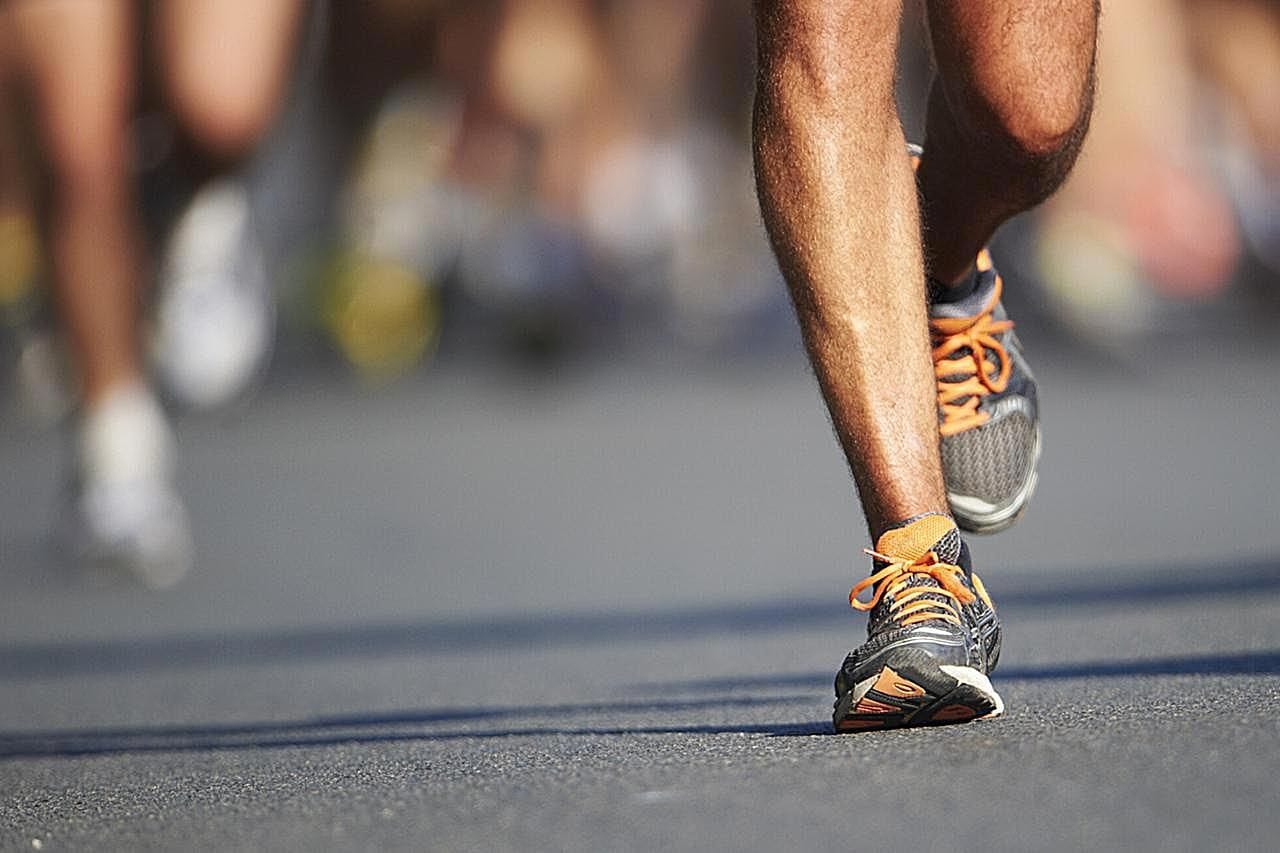Shin Splints: How to Prevent Frustrating Running Injury
Shin splints are a painful lower leg condition that can have you hobbling around and wincing in pain. They happen when the muscles on the front of your leg become inflamed, often because they are too tight or because one has been overworked. They are quite common injury of athletes, runners and football players. After reading this article, you will understand what shin splints are and the best ways to prevent them.
Shin splints physiology
As the term shin splints suggests, they cause problems in the area of shin bones. Shinbone, also called Tibia, is inner and larger of two bones of the lower leg, leading from knee to ankle.

Shin splints typically occur when the muscle on the front of the shin swells from overuse. Swelling increases the pressure towards the bone, causing inflammation.
Shin splints may also result from stress reactions to tiny bone fractures. Hitting the ground constantly and excessively (especially on hard terrain such as roads) can cause small cracks in the bones, which is not that unusual. The cracks normally cure by themselves but need to be given some time. Otherwise, they may develop into bone fractures.
When shin splints happen
In general, shin splints happen as a result of exercise overload. It is not the running itself, but rather the shock force of repeated landing that may cause this condition. When muscles are tired, they slowly lose the ability to absorb these shocks.
That is why experts highly recommend using compression calf sleeves during your workout. Compression will help you to increase blood flow (blood contains oxygen and nutrients that muscles need) easing muscular fatigue.
Outside of overload, there are some other factors that make you prone to shin splints.
- flat feet — after the heel strikes the ground, foot flattens and rolls inward. Excessive inward rolling will make tibia twist, which leads to overstretching of lower leg muscles.
- wrong shoes — if shoe does not match with your foot type, all kind of lower leg issues appear. I advise you to discuss with professional prior shoes purchase. Using shock absorbing insoles may help a lot.
- lack of stretching pre and post workout
Shin muscles stretching
Did you know that with some simple stretching exercises, you can actually prevent 80% of shin splints cases? Check these 4 basic stretching exercises and try to perform them daily.
Toe-drag stretch

This stretch will extend from your foot to the length of your shin, releasing tension and preventing it from being tightened. To stretch the tibia muscles, start by standing up with both knees slightly bent. One foot will remain on the ground while the other foot curls. The curled foot’s toes must press against the floor. Hold for 15 to 30 seconds and then switch to the other foot.
Kneeling stretch

To begin with kneeling stretch, kneel on the mat. Put both your heels just under your bottom. Both tops of your feet should be flat on the floor. Hold this position for 15 to 30 seconds, but watch out for any pain. While this will stretch your shins, it should not put any stress on your knees.
Chair toe-drag stretch

If you spend all day in the chair, you can use it to stretch your shins as well. While seated, lower one of your knees towards the ground and gently curl the toes similarly as in #1 toe-drag stretch. Pull yourself bit forward while keeping toes curled towards the ground. Hold this position for 15 to 30 seconds and then switch the legs.
Toe walking

Walking on your toes will help to stretch your shins and calves. Do it for a couple of minutes before your exercise and you will notice the difference. After 1-2 minutes of toe walking, try to switch to heel walking. They are both ideal for shin muscle stretching.




